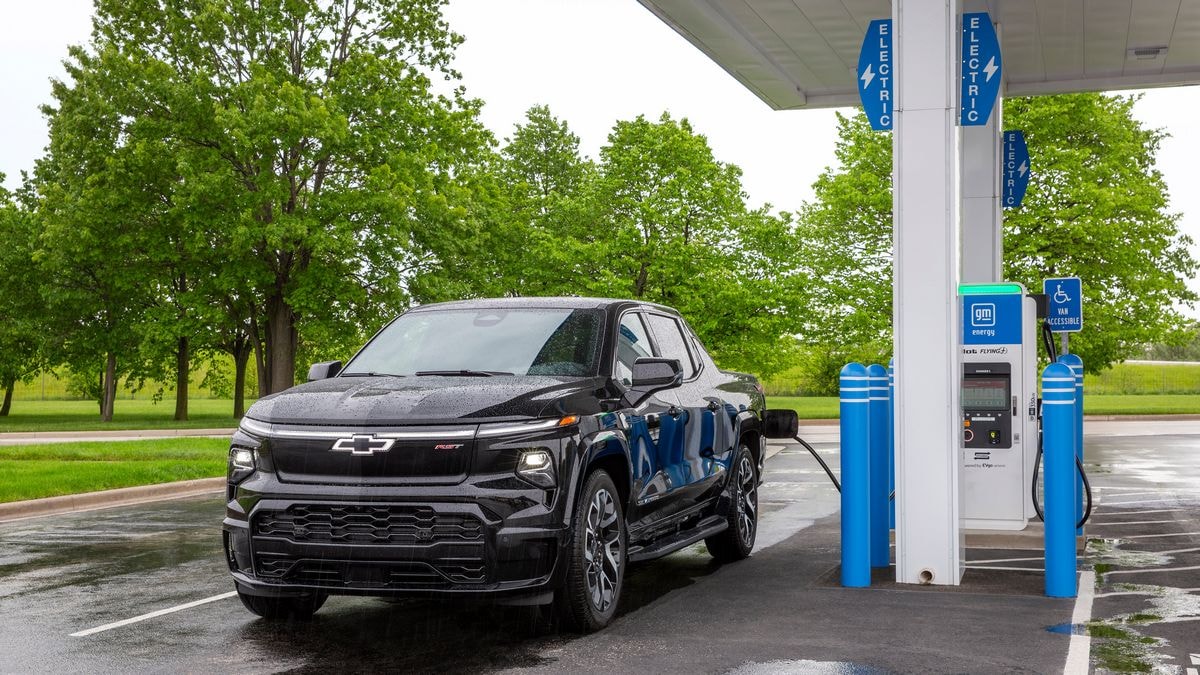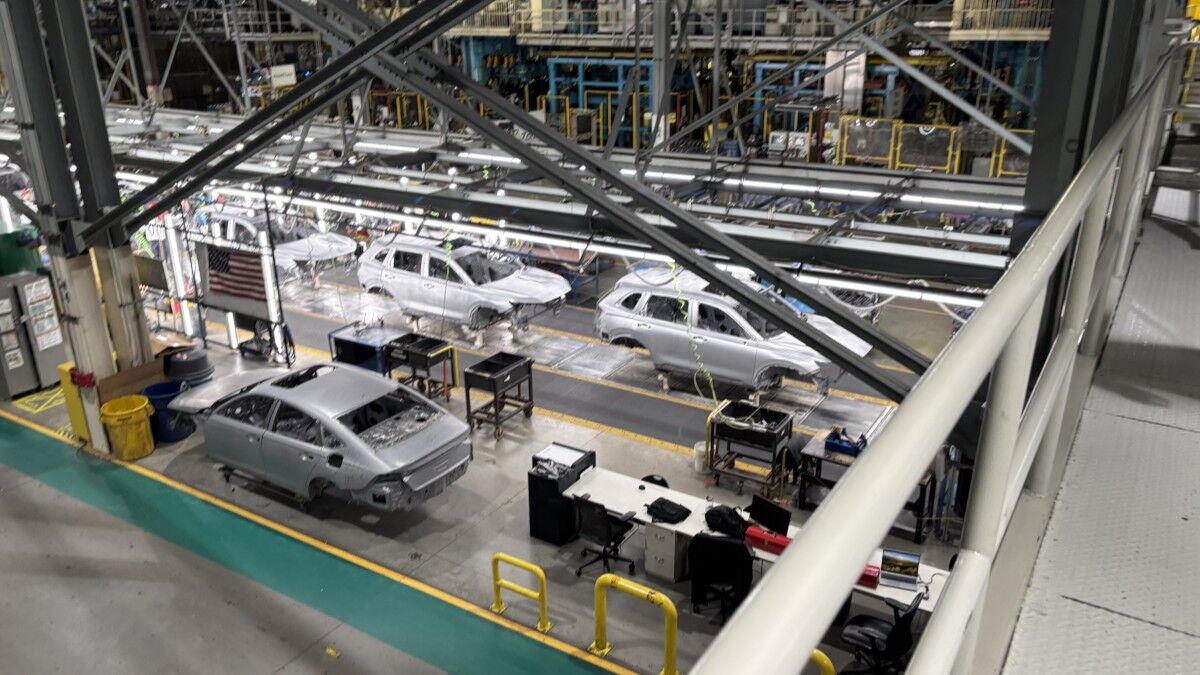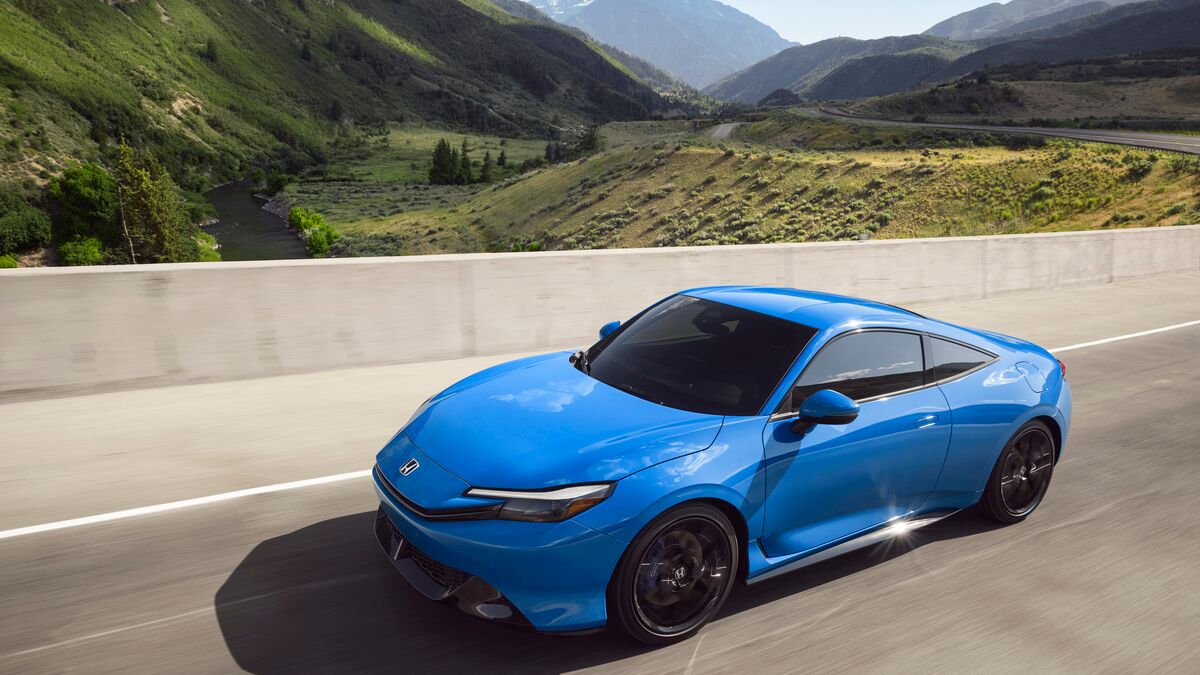Americans are growing more satisfied with the experience of plugging an electric vehicle (EV) into the fastest type of public charger. But satisfaction with the most common, slower type is slipping.
The conclusions come from the quarterly J.D. Power U.S. Electric Vehicle Experience Public Charging Study.
Related: Electric Car Charging: Everything You Need to Know
Two Types of Public Charger
Public EV chargers fall into two categories.
DC fast chargers, also called Level 3 chargers, are the quickest form of charging available. They can charge many EV batteries to full in under an hour. They’re often found at highway rest stops, where they serve drivers traveling farther than their car’s range in a single day.
Destination chargers, also called Level 2 chargers, take several hours to top off a battery. You’ll find them at shopping centers and other places where drivers might park for several hours. They’re often used by drivers looking to top off the battery while running errands.
J.D. Power surveyed 9,605 drivers of EVs and plug-in hybrid vehicles (PHEVs) about their experience with each type, rating them on a 1,000-point scale.
Satisfaction With Level 3 Getting Better While Level 2 Getting Worse
Drivers gave the experience of using a DC fast charger 664 points in the second quarter, a 10-point improvement over the same period last year.
Related: How Much Does It Cost To Charge An Electric Car?
However, they rated destination chargers at 614 points – a 3-point drop.
The researchers say that slip may have occurred because Americans are buying EVs faster than charging networks are building new chargers.
One significant change helped the numbers. Other automakers have begun giving their buyers access to Tesla’s massive Supercharger network.
Tesla Network Earns High Marks
Tesla has a proprietary plug shape and operates the nation’s largest charging network. Until recently, the Supercharger network was a walled garden open only to Tesla owners.
Virtually every EV maker has agreed to begin using Tesla’s unique plug in its EVs next year. Several now provide their drivers with adapters that let them use Tesla chargers early. Tesla will open its network to more automakers as the year goes on.
“Both Tesla and non-Tesla owners find charging their vehicles at Tesla Supercharger facilities is most satisfying,” explains Brent Gruber, executive director of the EV practice at J.D. Power. “Non-Tesla owners — like those with EVs from Ford or Rivian who now have access to the Supercharger network — appreciate the ability to charge at the broad network of Tesla chargers that was previously unavailable to them. Despite the recent influx of non-Tesla vehicles into the Supercharger facilities — which has caused some grumbling — Tesla owners still appreciate the ease of charging and ease of payment that the network offers.”
However, he notes, that not all Tesla owners are happy to face more competition for charger space. “Since the beginning of the year, J.D. Power has seen a decline in satisfaction with the availability of Superchargers among Tesla owners,” he says.
Still, 19% of Charging Attempts Fail
Network providers have a long way to go to reach the reliability of gas pumps, however. “The study finds that 19% of all EV owners say they visited a charger but were not able to charge their vehicle, a scant improvement of a single percentage point from 2023,” J.D. Power says.
In some parts of the country, vandals often damage chargers or steal cables for the valuable copper inside. “Some charger facilities are experiencing a high rate of cable damage or theft which, for example, account for 14% of charging failures in the Mountain region,” Gruber explains.








